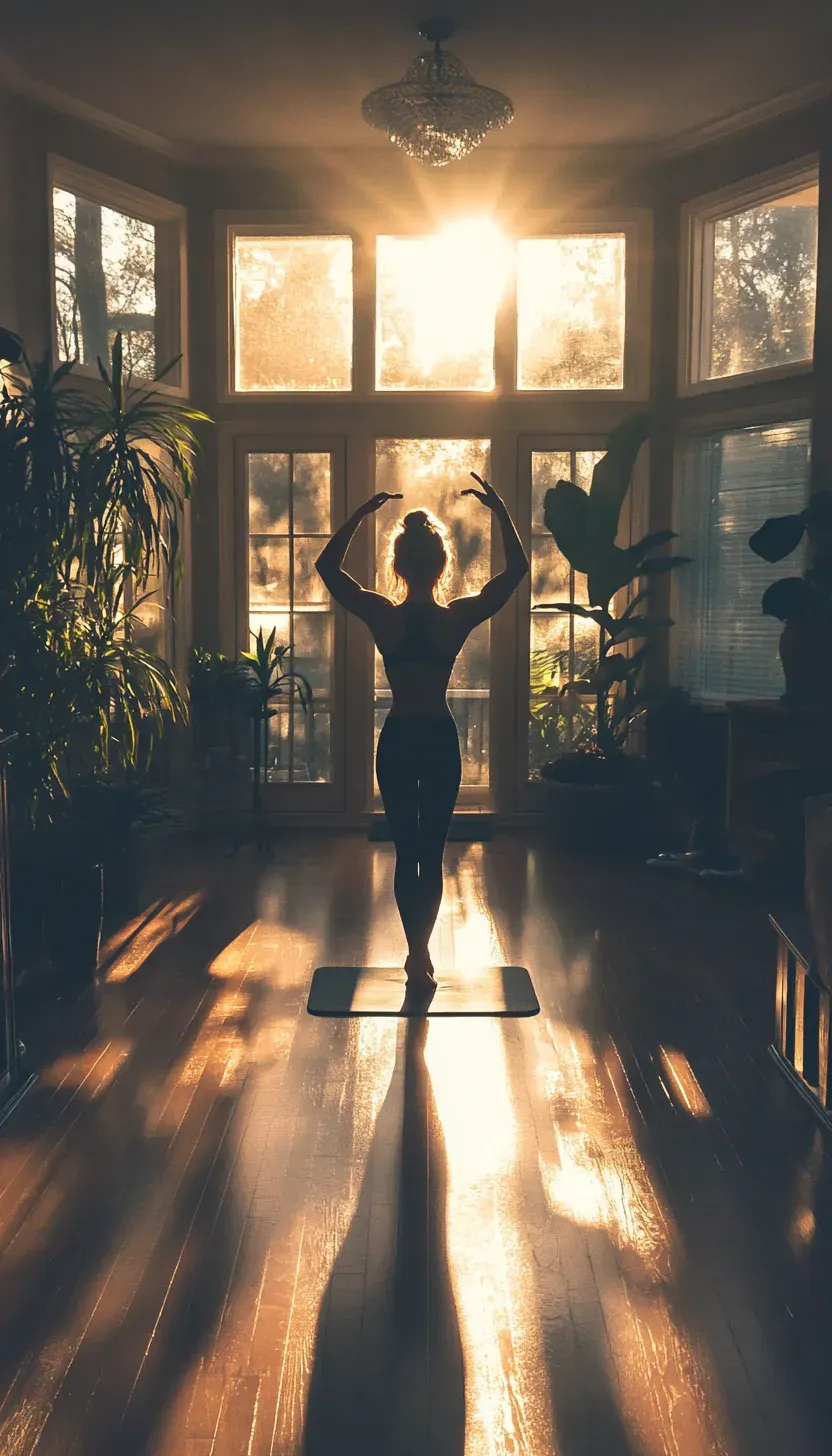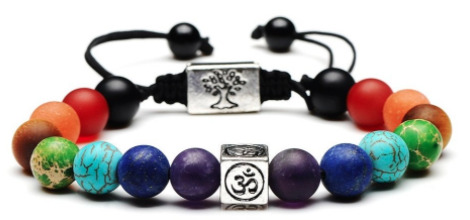Yoga Mats and Yoga Bags: The Ultimate Guide To Enhancing Your Yoga Practice
Table of Contents:
- What is the Best Thickness for a Yoga Mat?
- What are the Benefits of a Yoga Mat Bag?
- Should I Bring My Yoga Mat to Yoga?
- Do I Need a Yoga Bag?
- Which Yoga Mat is Better: 6mm or 4mm?
- How to Tell if a Yoga Mat is Good?
- Why Put a Towel Over a Yoga Mat?
- Should I Throw Away My Yoga Mat?
- What Happens if You Don't Use a Yoga Mat?
- What Should a Beginner Wear for Yoga?
- Should I Bring a Water Bottle to Yoga?
- Do I Need to Wear Shoes on a Yoga Mat?
- Are Thicker Yoga Mats Better?
- Which Brand of Yoga Mat is Best?
- Do I Need Yoga Blocks?
In yoga, having the right equipment can significantly impact your practice. Among the most essential items are yoga mats and yoga bags. But with so many options available, how do you choose the best ones? This guide will answer all your questions and help you make informed decisions about your yoga gear.
What is the Best Thickness For A Yoga Mat?
When it comes to yoga mats, thickness plays a crucial role in comfort and stability. The best thickness for a yoga mat largely depends on your personal preferences and the type of yoga you practice. Generally, a standard yoga mat is about 4mm thick, providing a good balance between comfort and stability.
However, if you have sensitive joints or prefer more cushioning, you might opt for a thicker mat, such as a 6mm or even an 8mm mat. Thicker mats provide more support but may reduce your connection to the floor, which can affect balance in standing poses.
On the other hand, thinner mats (like 3mm) are ideal for those who travel often or practice more vigorous forms of yoga, such as Ashtanga or Vinyasa, where stability is key.
For a versatile option that suits most practitioners, a 6mm yoga mat Yoga Mats strikes a perfect balance between cushioning and stability.
What Are The Benefits Of A Yoga Mat Bag?
A yoga mat bag is more than just a convenient way to carry your mat; it offers several practical benefits that can enhance your overall yoga experience.
- Protection: A yoga mat bag protects your mat from dirt, dust, and moisture, keeping it clean and hygienic.
- Convenience: With a yoga mat bag, you can easily transport your mat to and from the studio or outdoor practice sessions without the hassle of it unrolling or getting damaged.
- Organization: Many yoga mat bags come with additional pockets or compartments where you can store your keys, phone, water bottle, or even a small towel, keeping everything you need in one place.
Investing in a quality yoga bag Yoga Bags can simplify your practice and protect your gear.
Should I Bring My Yoga Mat To Yoga?
Bringing your yoga mat to class is highly recommended for several reasons:
- Hygiene: Using your mat ensures that you’re practicing on a clean surface, free from other people's sweat and germs.
- Comfort: You're already familiar with your mat's texture, thickness, and stability, which can make your practice more comfortable and consistent.
- Personalization: Having your mat allows you to choose a colour, material, and design that resonates with you, adding a personal touch to your practice.
While most studios provide mats, bringing your own gives you peace of mind and a more personalized experience.
Do I Need A Yoga Bag?
A yoga bag is not an absolute necessity, but it can make your life much easier. If you regularly transport your mat, especially on public transportation or by walking, a yoga bag is a convenient accessory that keeps your hands free and your mat protected.
For those who like to stay organized or carry additional gear like blocks, straps, or towels, a yoga bag with extra pockets is incredibly useful. It also helps in maintaining the longevity of your mat by protecting it from wear and tear.
Which Yoga Mat Is Better: 6mm Or 4mm?
Choosing between a 6mm and a 4mm yoga mat depends on your practice needs and preferences.
- 6mm Yoga Mat: Offers more cushioning, making it ideal for those with sensitive joints or who prefer a softer surface. It’s also great for restorative or gentle yoga practices.
- 4mm Yoga Mat: Provides less cushioning but more stability and a closer connection to the floor. This thickness is better for balance and poses that require a firm grounding.
If you’re unsure, you might start with a 6mm mat Yoga Mats for added comfort and switch to a thinner mat as you become more experienced.
How To Tell If A Yoga Mat Is Good?
A good yoga mat will have the following qualities:
- Grip: The mat should have a non-slip surface that provides stability in various poses.
- Durability: It should withstand regular use without tearing or wearing out quickly.
- Comfort: The mat should offer adequate cushioning to support your joints, especially during long sessions.
- Material: High-quality materials like natural rubber, cork, or eco-friendly PVC are preferable for their durability and sustainability.
Test the mat's grip by performing a downward-facing dog. If your hands or feet slide, it might not have the best traction. Additionally, check customer reviews and product descriptions to gauge the mat’s longevity and comfort.
Why Put A Towel Over A Yoga Mat?
Placing a towel over your yoga mat can serve multiple purposes:
- Sweat Absorption: A towel absorbs sweat, preventing you from slipping during intense or hot yoga sessions.
- Hygiene: Using a towel adds an extra layer of protection between you and the mat, keeping it cleaner for longer.
- Comfort: Some yogis prefer the softness of a towel under their hands and feet, especially in poses where pressure points come into play.
For those who practice hot yoga, a yoga towel is almost a must-have accessory to maintain grip and hygiene.
Should I Throw Away My Yoga Mat?
You should consider replacing your yoga mat if:
- It’s Worn Out: Signs of wear, such as tears, thinning areas, or loss of grip, indicate it's time for a new mat.
- It Smells: If your mat has developed a persistent odour that doesn't go away with cleaning, it might be time to replace it.
- It No Longer Feels Comfortable: Over time, mats can lose their cushioning and comfort, making them less supportive.
Instead of throwing it away, consider recycling your old mat or repurposing it for other uses around the house, like a kneeling pad for gardening.
What Happens If You Don't Use A Yoga Mat?
Practicing yoga without a mat can lead to discomfort and potential injury. Yoga mats provide cushioning for your joints and a non-slip surface that helps you maintain stability in poses.
Without a mat, you may find it difficult to grip the floor, especially on hard or slippery surfaces, which could lead to slips or falls.
In addition, practicing on a mat helps define your personal space during group classes, ensuring that you have enough room to move freely.
What Should A Beginner Wear For Yoga?
For beginners, comfortable and breathable clothing is key. Here are a few tips:
- Tops: Wear a fitted but stretchy top that won’t move around or cover your face in inversions.
- Bottoms: Opt for leggings or shorts that allow for a full range of motion.
- Footwear: Yoga is typically practiced barefoot, but if you prefer, you can wear non-slip yoga socks.
- Accessories: A light, breathable layer like a hoodie or jacket can be helpful for the beginning or end of class during warm-up and cool-down.
Ensure your clothing allows you to move freely and doesn’t distract you during practice.
Should I Bring A Water Bottle To Yoga?
Yes, bringing a water bottle to yoga is a good idea, especially if you’re attending a longer or more intense class. Staying hydrated is essential, and having water nearby allows you to take small sips as needed.
For hot yoga classes, a water bottle is crucial to help maintain hydration throughout the session.
Do I Need To Wear Shoes On A Yoga Mat?
Yoga is generally practiced barefoot, as this allows you to fully engage with the mat and improve balance and stability. Wearing shoes on a yoga mat can reduce your ability to grip the mat and may cause discomfort. However, if you feel more comfortable wearing something on your feet, non-slip yoga socks are a great alternative.
Are Thicker Yoga Mats Better?
Thicker yoga mats are not necessarily better; it depends on your needs:
- Better for Comfort: Thicker mats offer more cushioning, which is ideal for those with joint issues or those who prefer a softer surface.
- Not Ideal for Balance: Thicker mats may reduce stability, making balancing poses more challenging.
Consider what’s most important to you—comfort or stability—when choosing a mat.
Which Brand Of Yoga Mat Is Best?
There are several reputable brands known for producing high-quality yoga mats, such as Manduka, Lululemon, and Gaiam. The best brand for you will depend on your specific needs and budget. Look for brands that prioritize sustainability, durability, and grip in their mats.
Consider the Yoga Mats Yoga Mats from trusted brands to find one that best suits your practice.
Do I Need Yoga Blocks?
Yoga blocks are helpful tools, especially for beginners or those with limited flexibility. They provide support in various poses, helping you maintain proper alignment and reduce the risk of injury. While not essential, yoga blocks can enhance your practice by offering additional support and stability.
Conclusion
Choosing the right yoga mat and accessories like a yoga bag can greatly enhance your practice, making it more comfortable, organized, and effective. Whether you're a beginner or a seasoned yogi, investing in quality gear tailored to your needs can help you stay focused and motivated on your yoga journey.
Remember, your yoga mat is your personal space, and selecting one that aligns with your practice can make all the difference. So, choose wisely and enjoy the many benefits that come with a dedicated yoga practice.
People Also Asked:
1. What is the standard thickness of a yoga mat?
The standard thickness for a yoga mat is 4mm, providing a good balance between comfort and stability.
2. Why should I use a yoga mat bag?
A yoga mat bag protects your mat from dirt and moisture and offers convenience when carrying your gear.
3. Is it necessary to bring my yoga mat to class?
Bringing your yoga mat ensures hygiene, comfort, and a personalized practice experience.
4. What are the differences between a 4mm and a 6mm yoga mat?
A 4mm mat offers stability, while a 6mm mat provides more cushioning, ideal for sensitive joints.
5. How do I know if my yoga mat is high quality?
Look for a non-slip surface, durability, adequate cushioning, and materials like natural rubber or eco-friendly PVC.
6. Can I use a towel instead of a yoga mat?
A towel can be used over a mat for added hygiene and sweat absorption, but it may not replace the grip and stability of a mat.
7. When should I replace my yoga mat?
Replace your mat when it shows signs of wear, like tears or loss of grip, or if it develops an odour.
8. Do I need a yoga bag if I already have a mat?
A yoga bag isn't essential but helps carry and protect your mat, especially if you travel.
9. Is it okay to practice yoga without a mat?
Practicing without a mat can lead to discomfort and a lack of stability, especially on hard or slippery surfaces.
10. What should beginners wear to yoga?
Beginners should wear comfortable, stretchy clothing that allows for a full range of motion, typically practiced barefoot.





